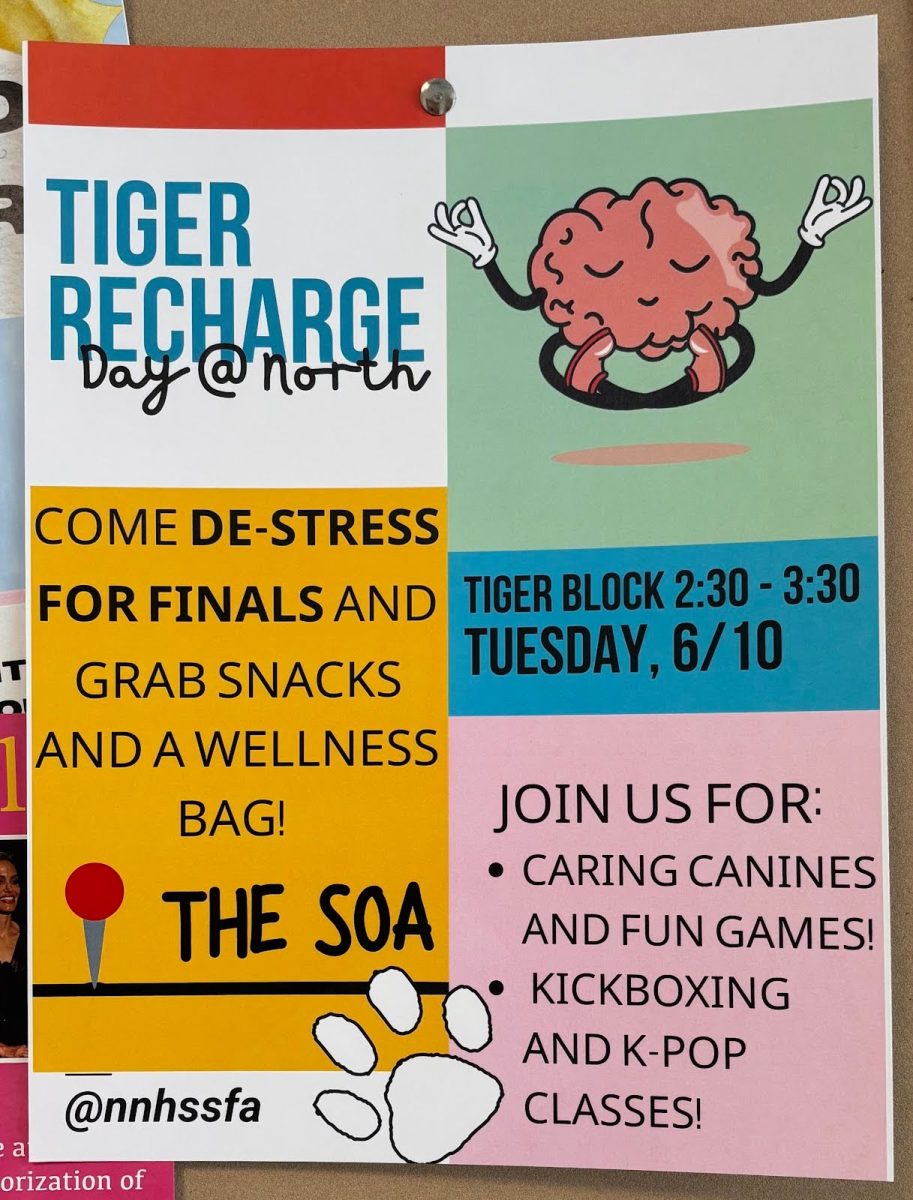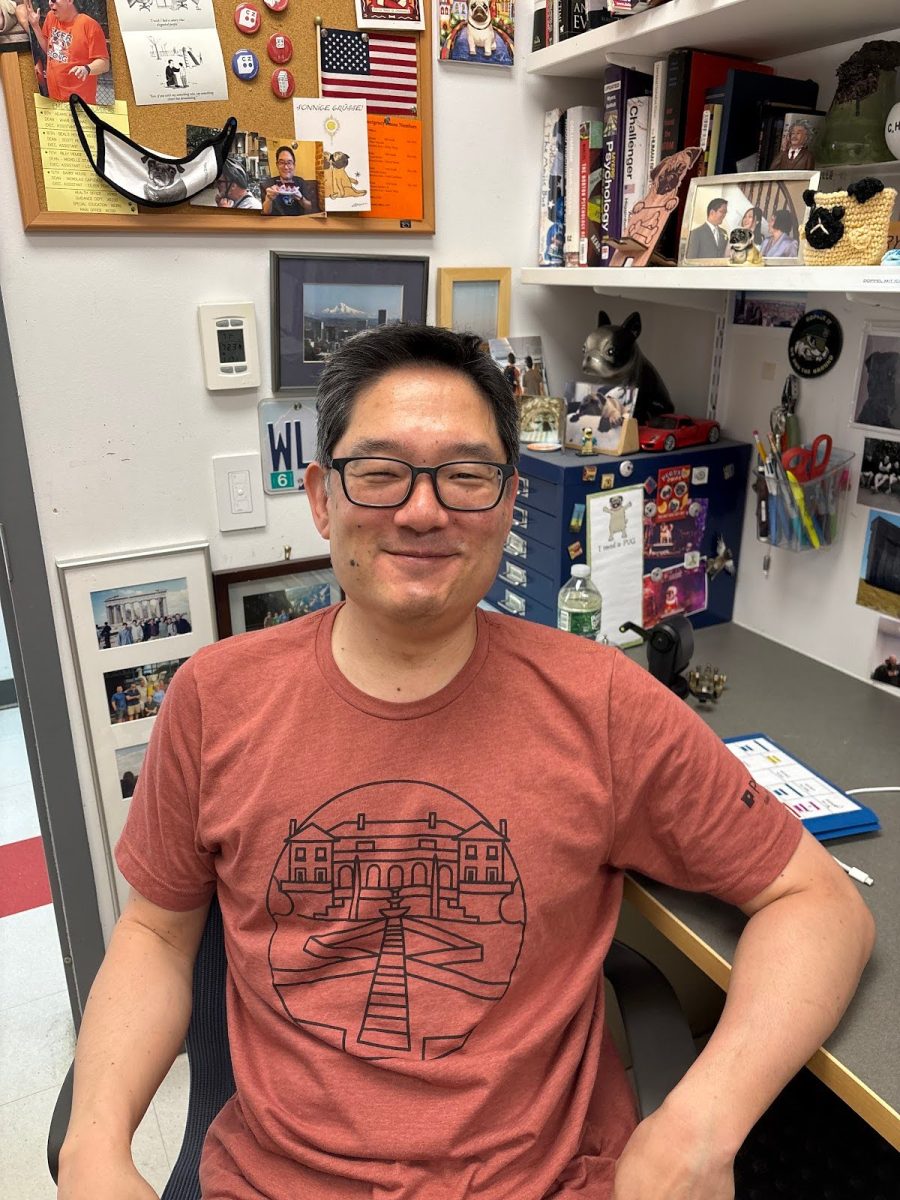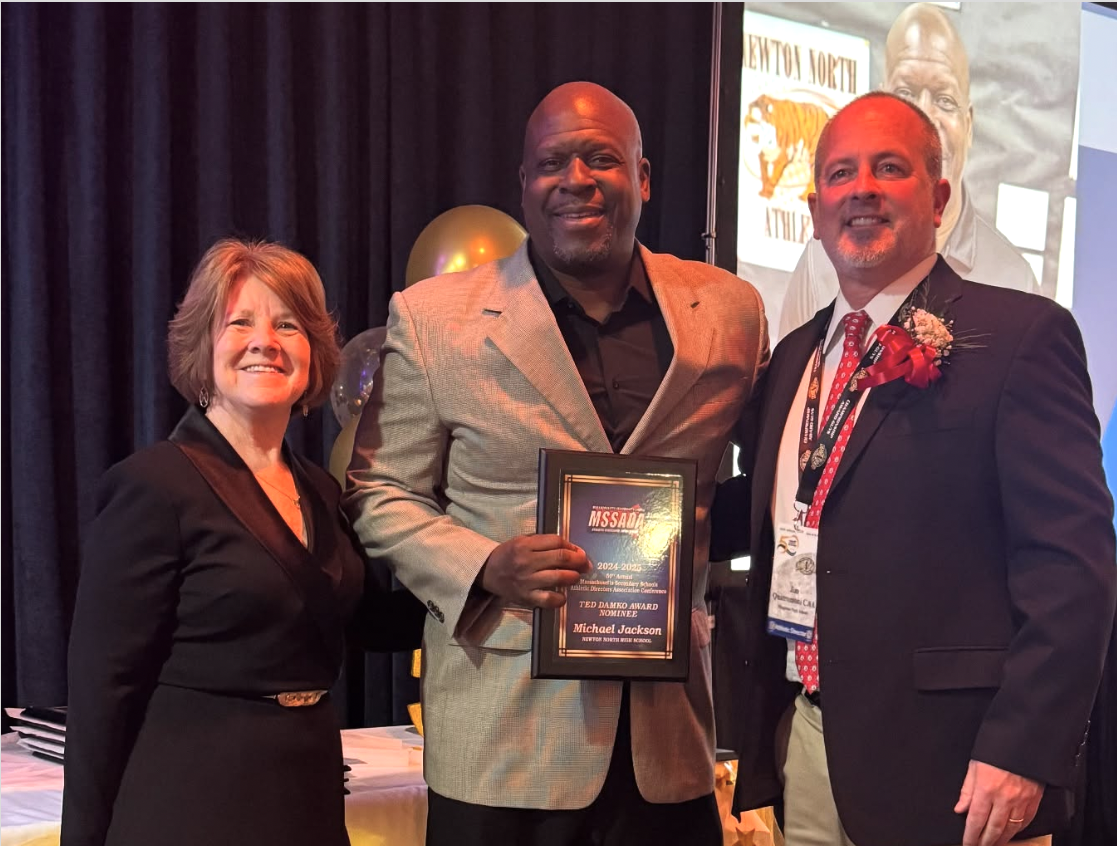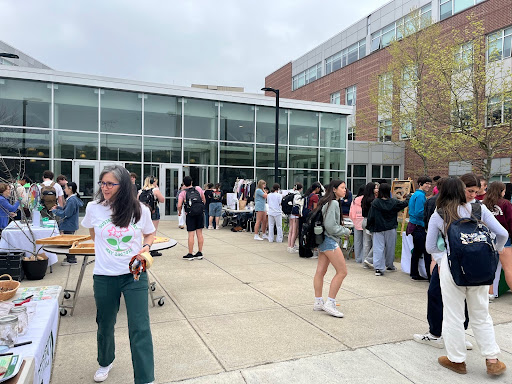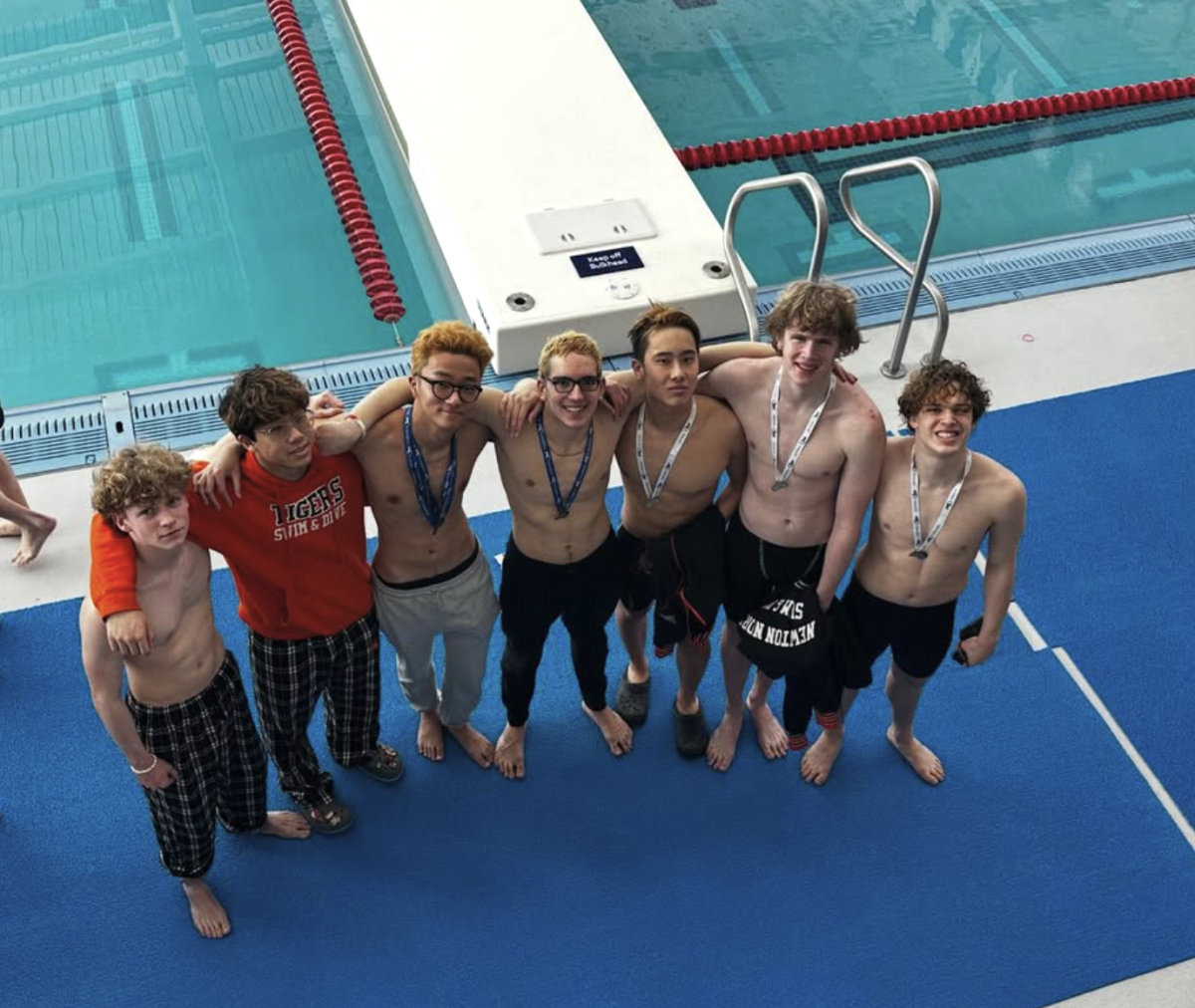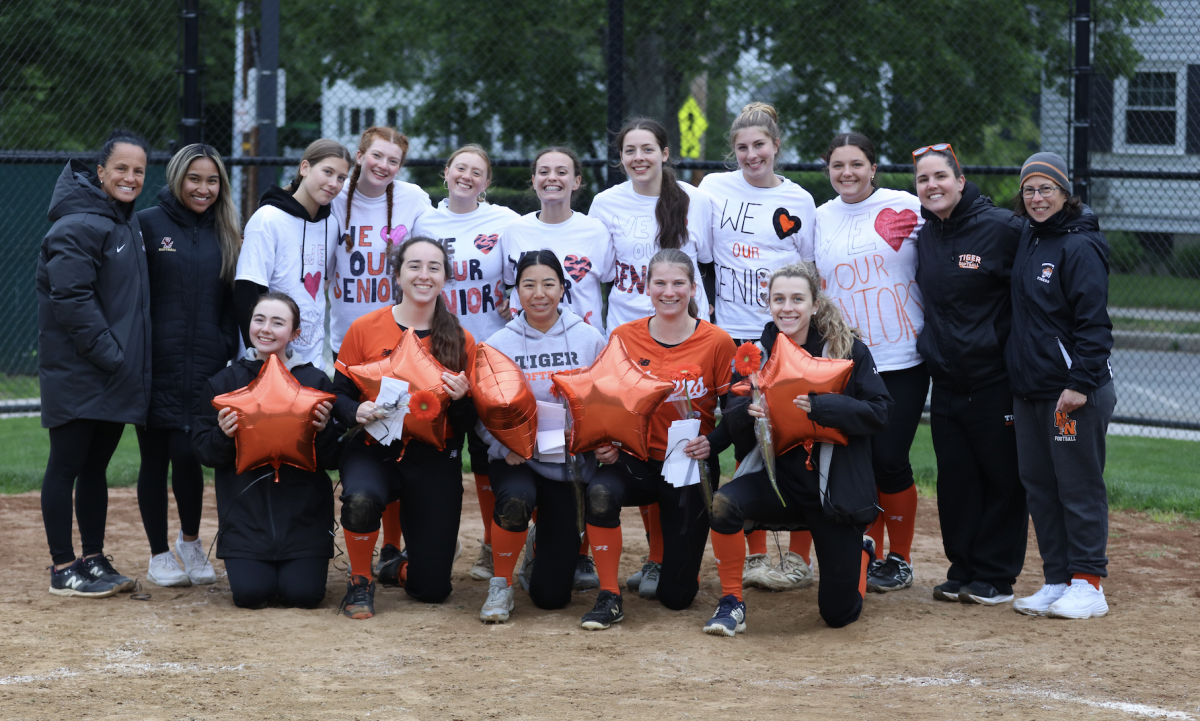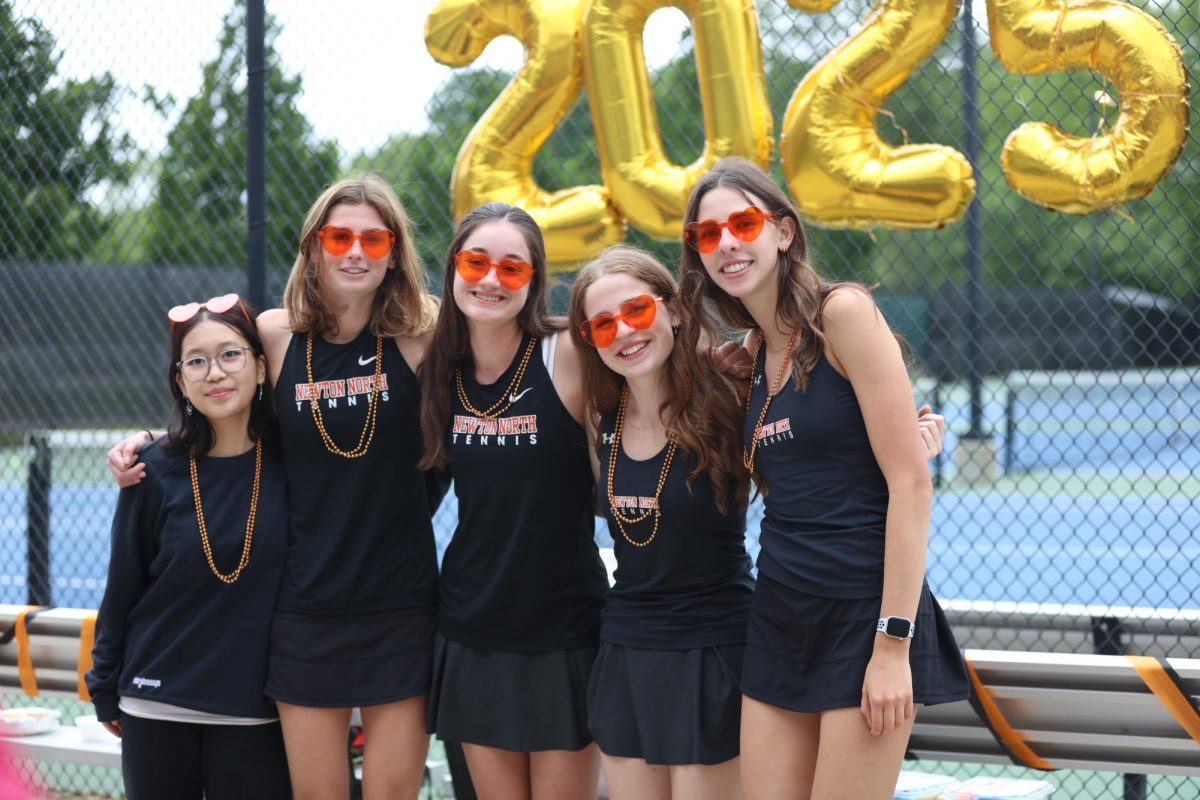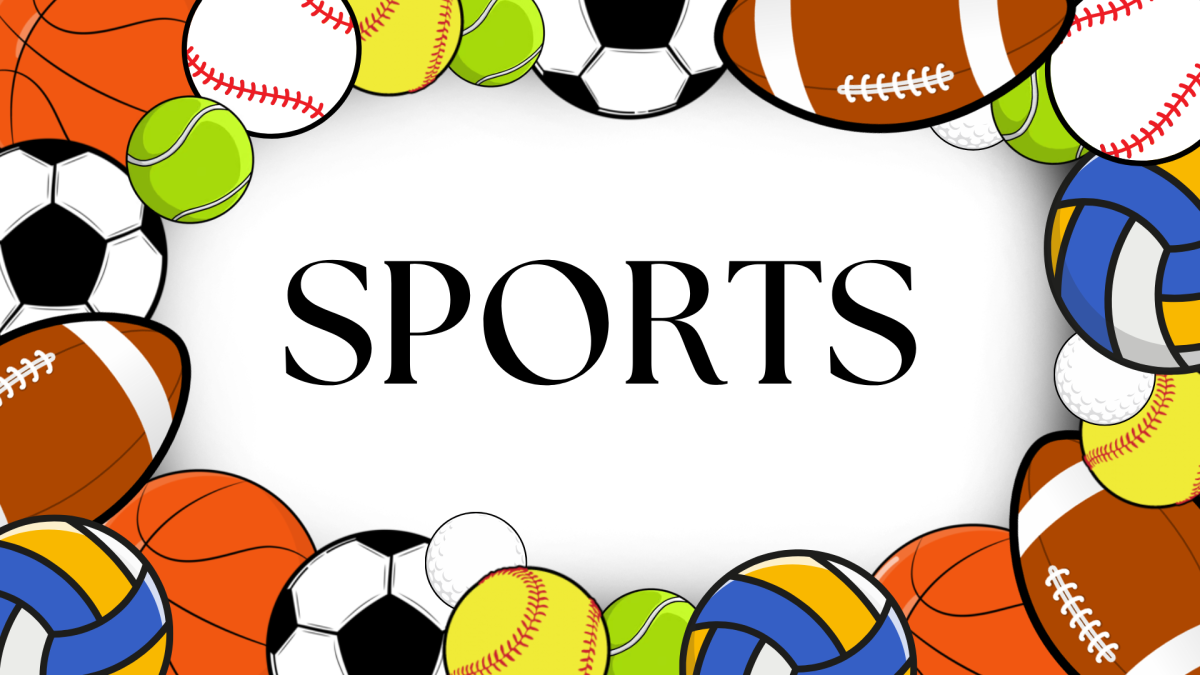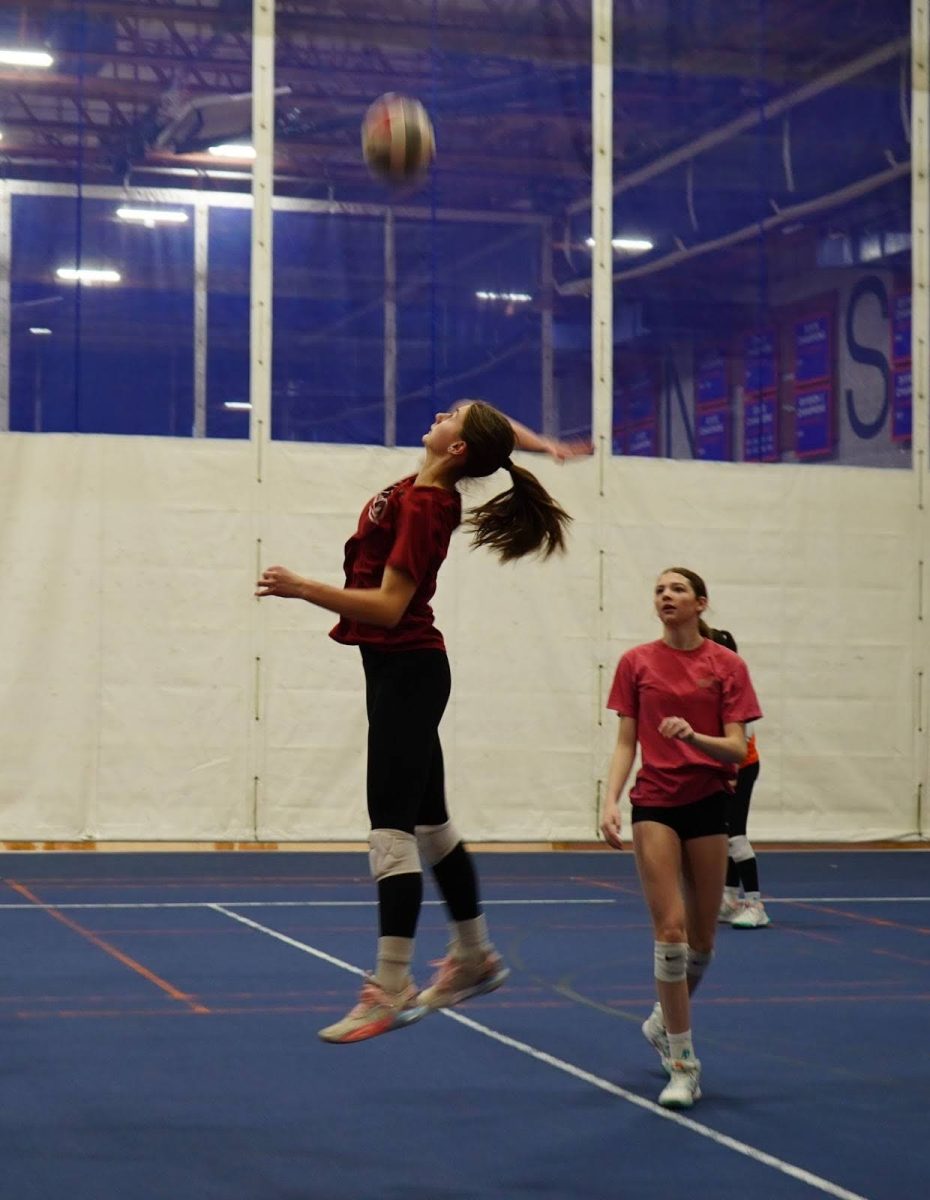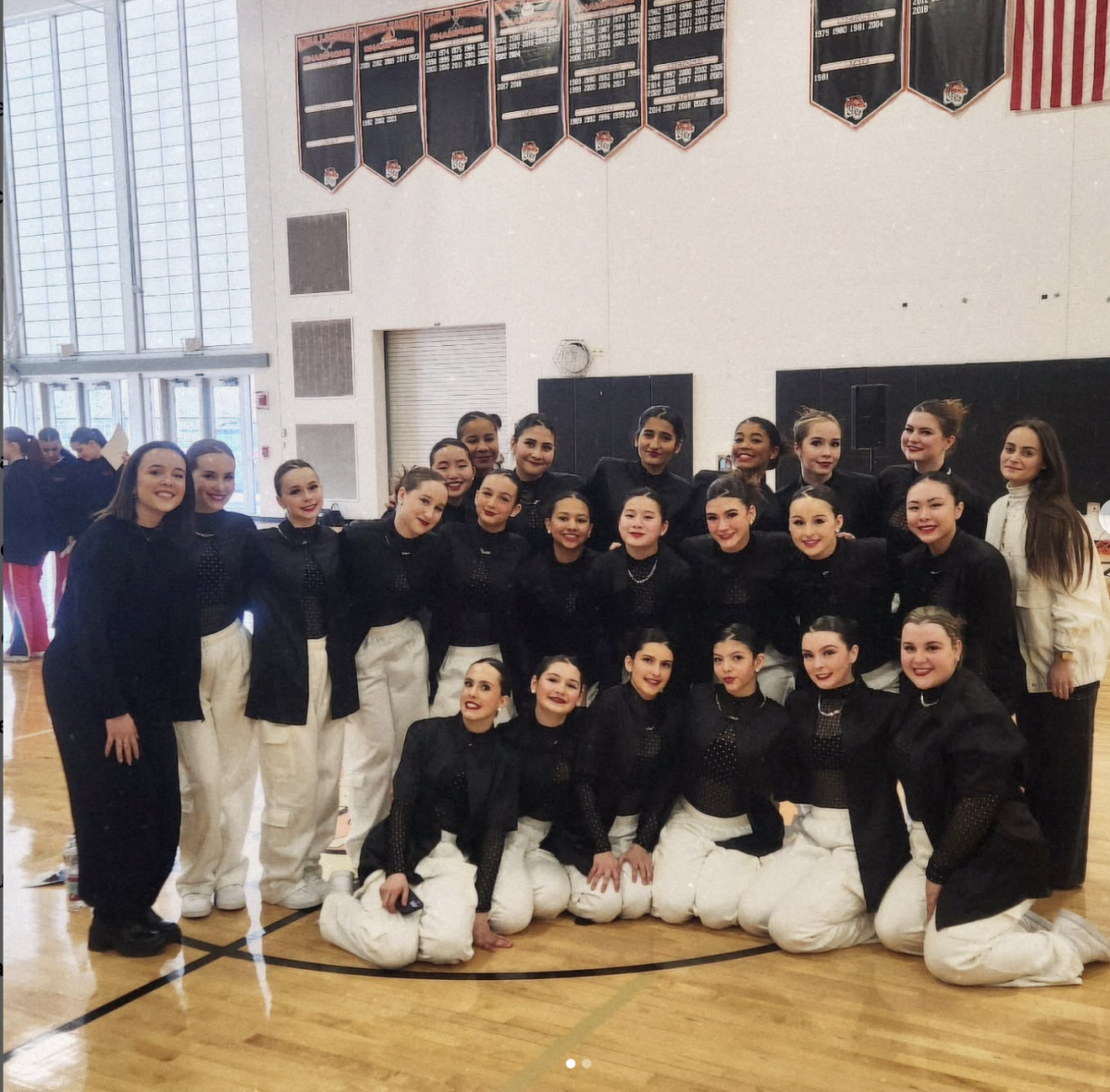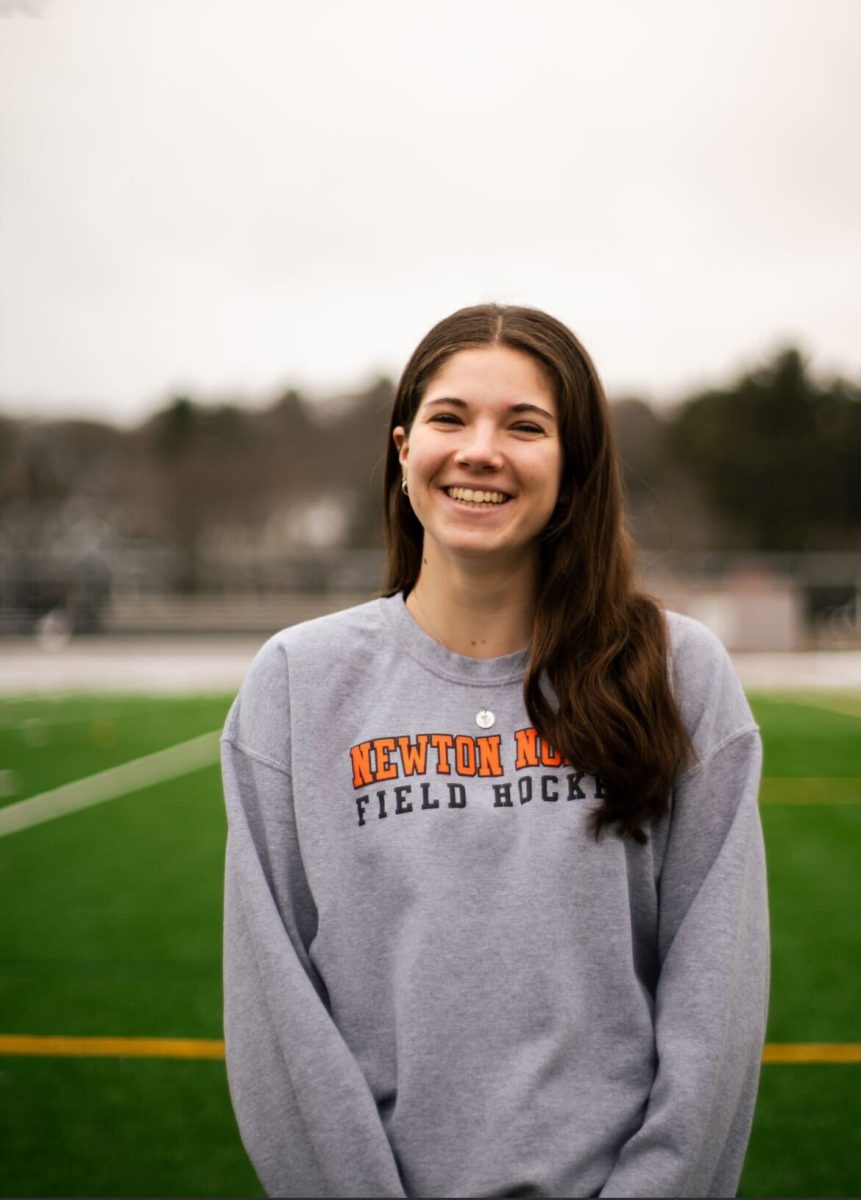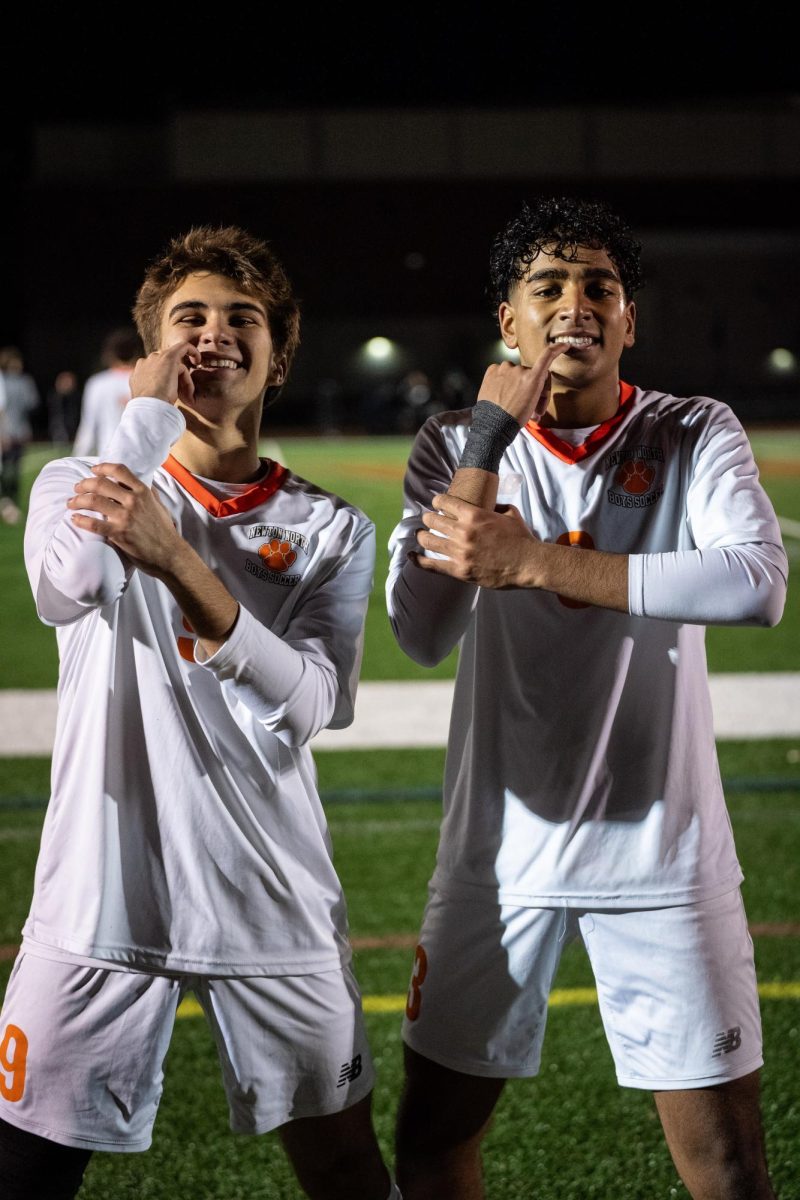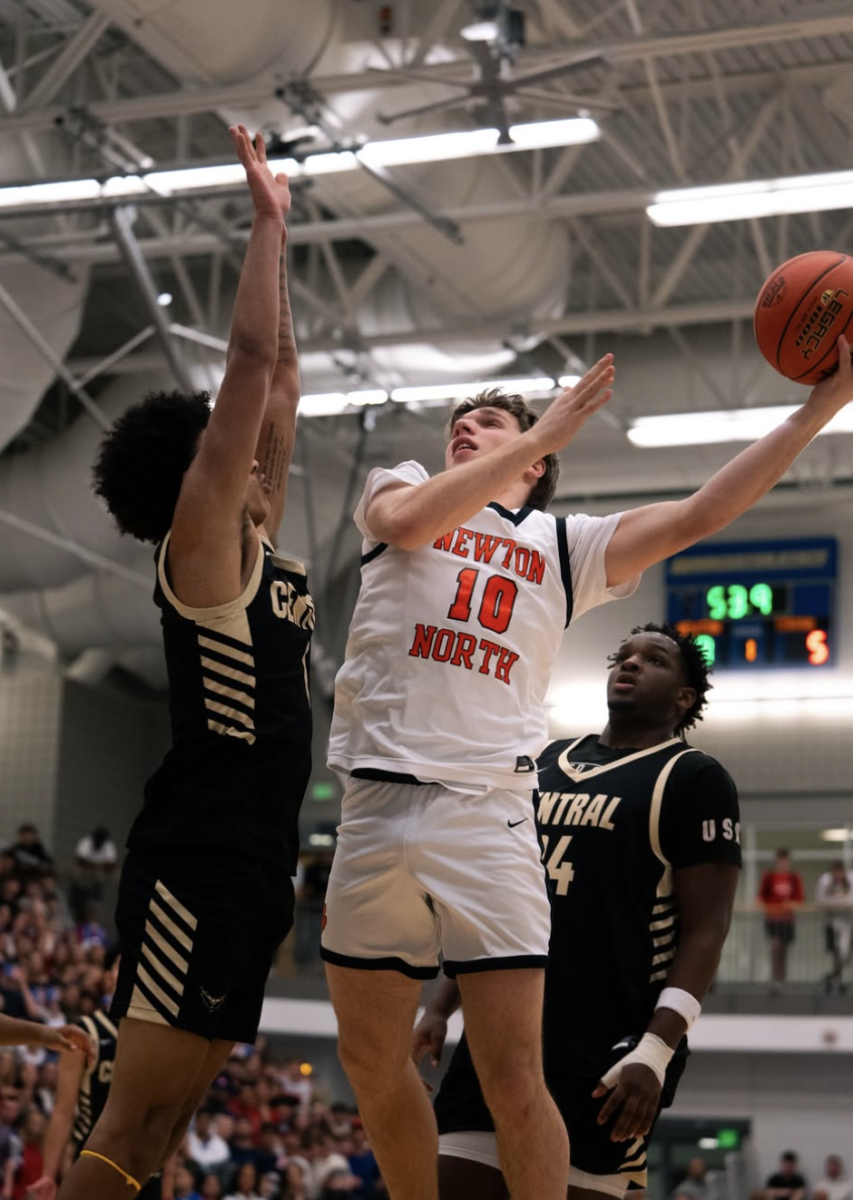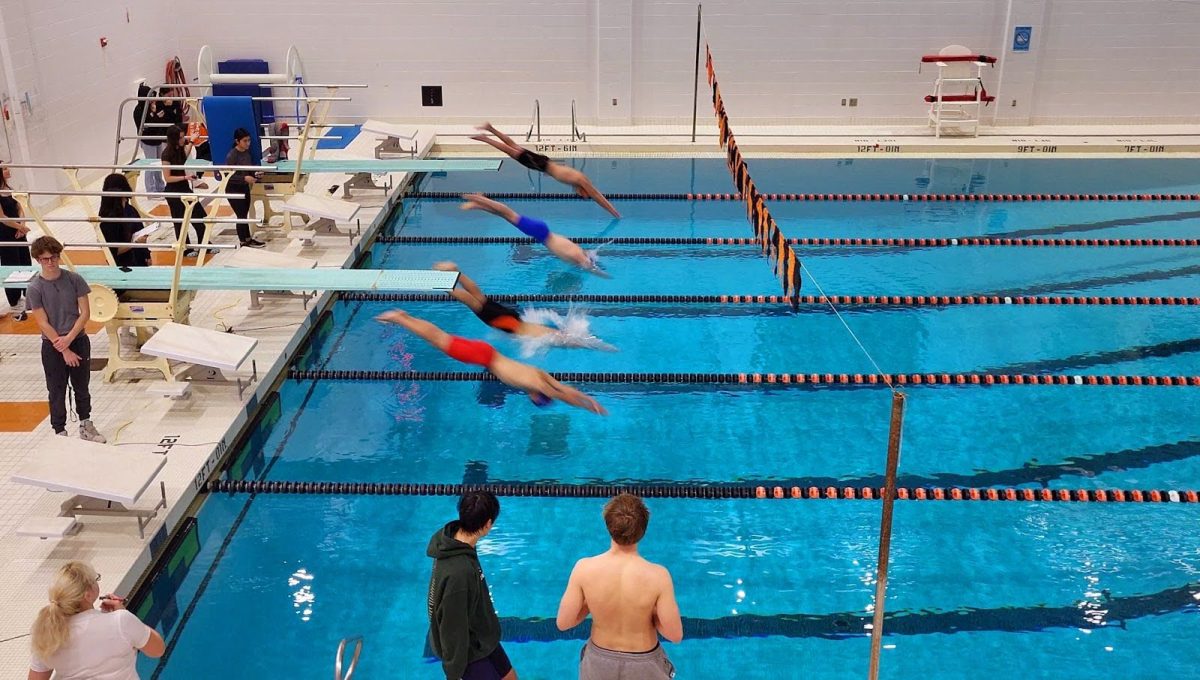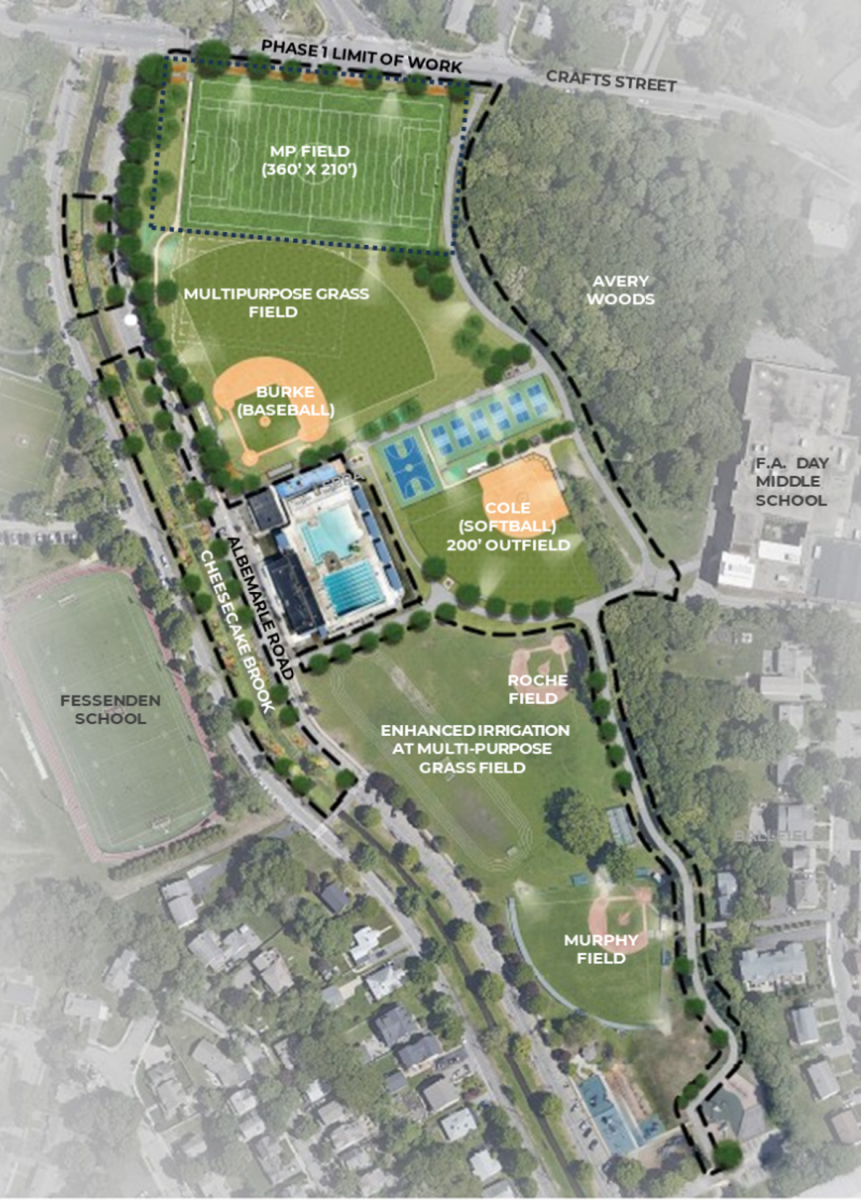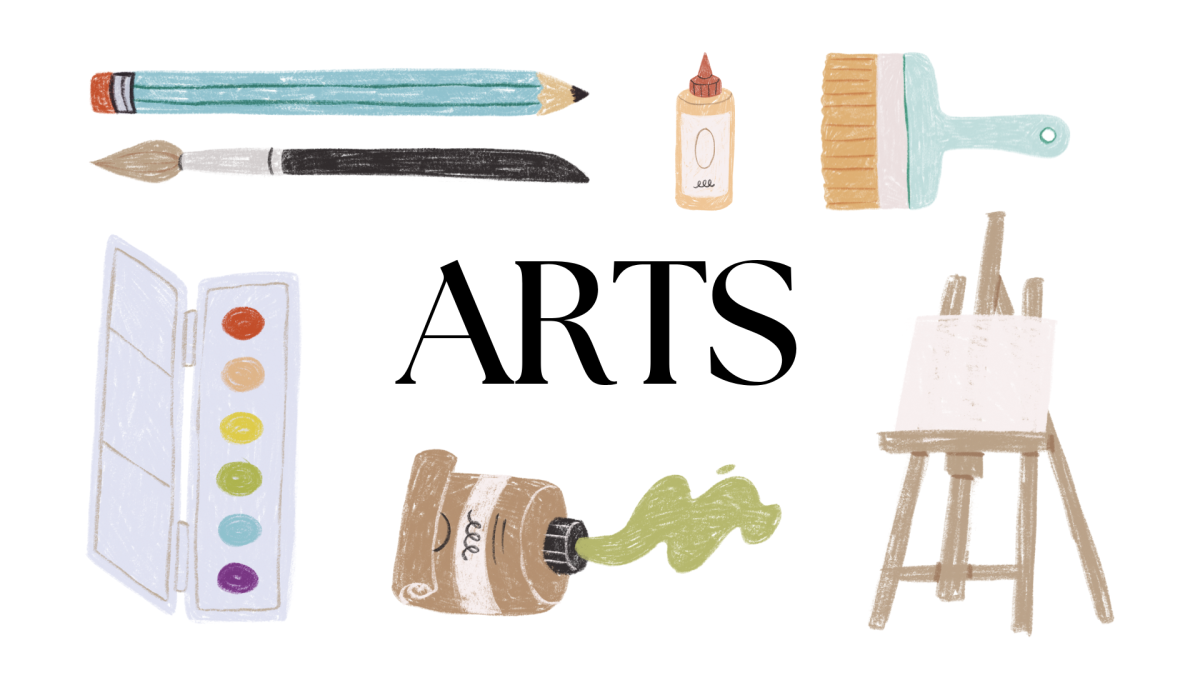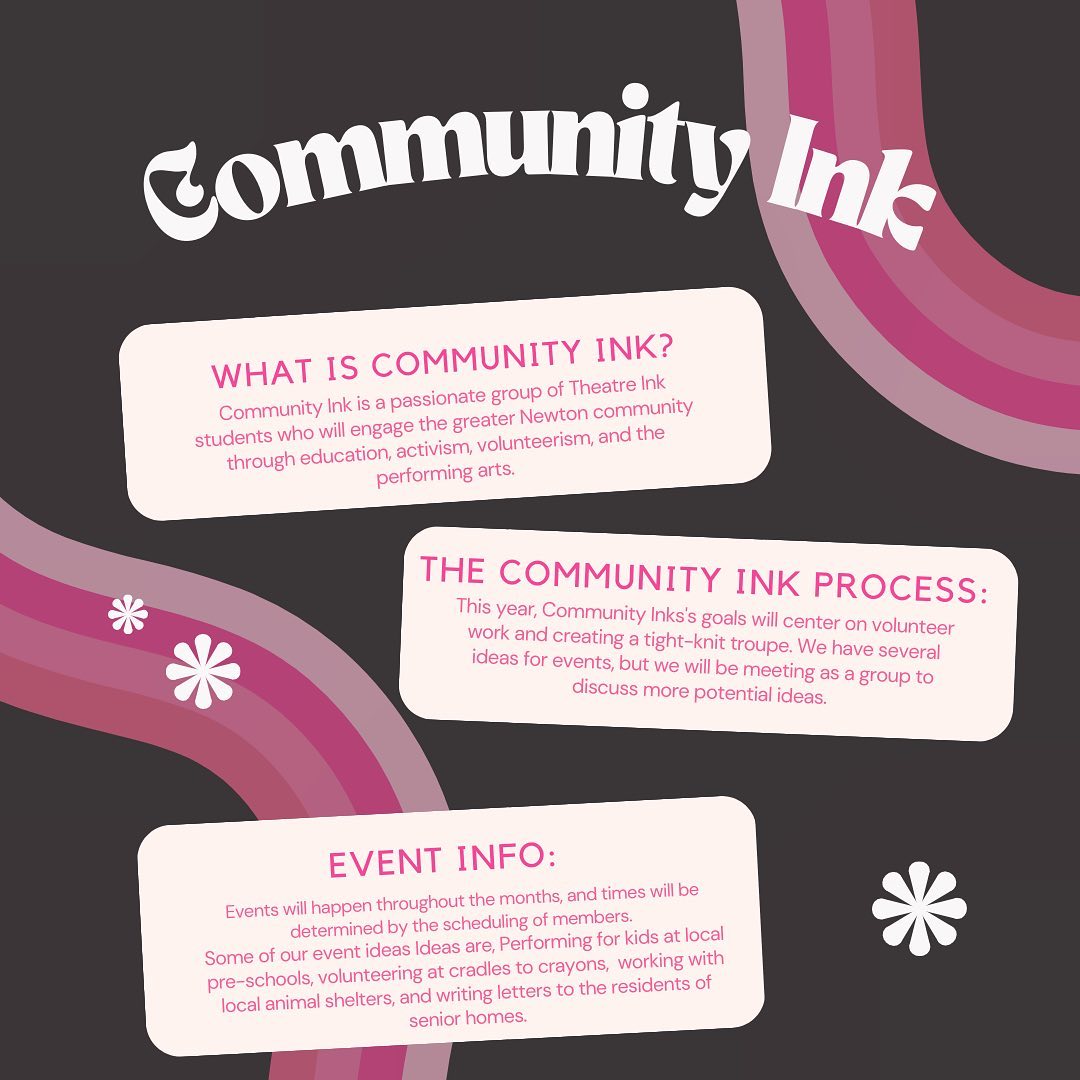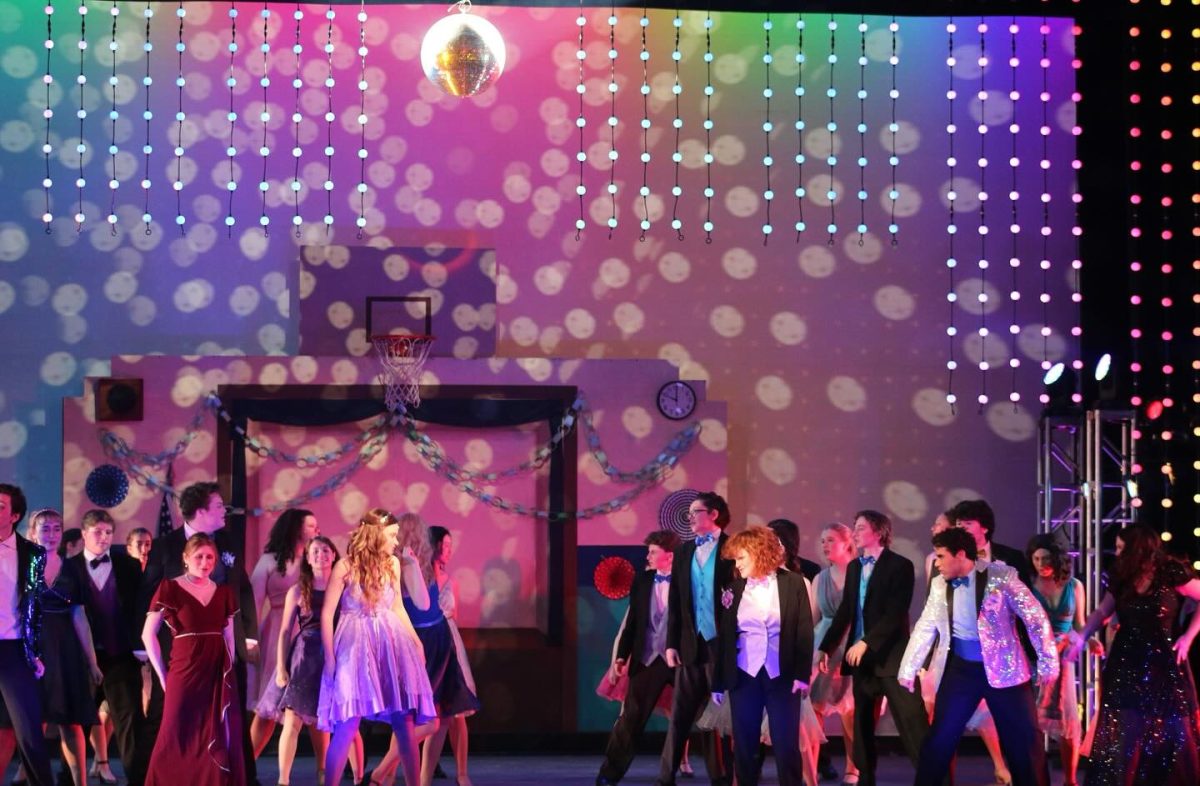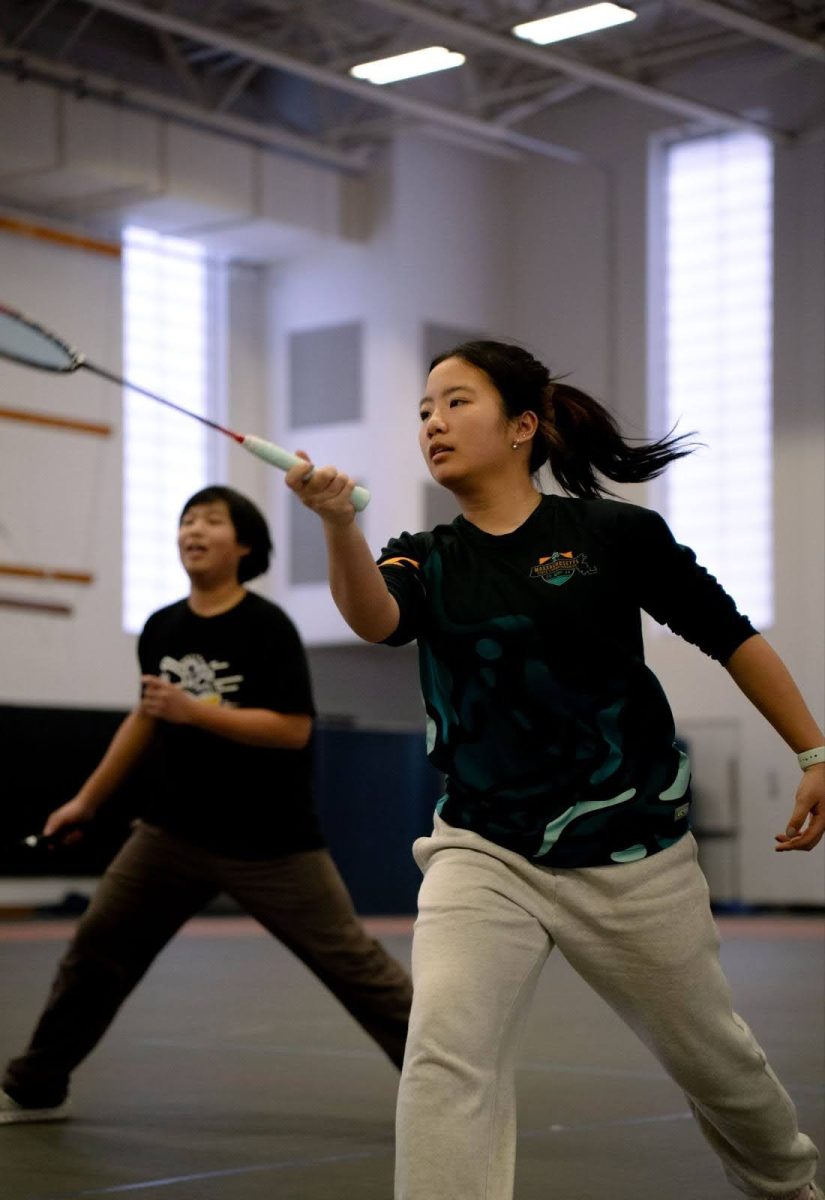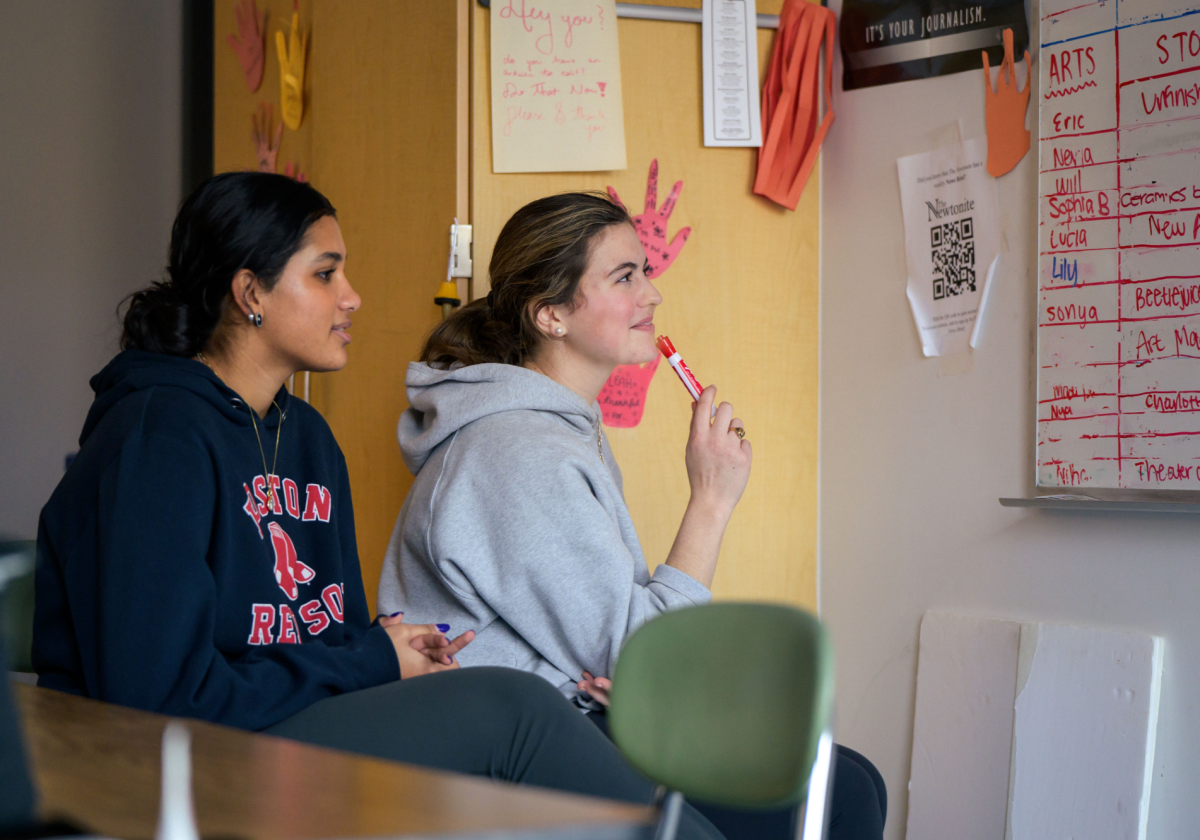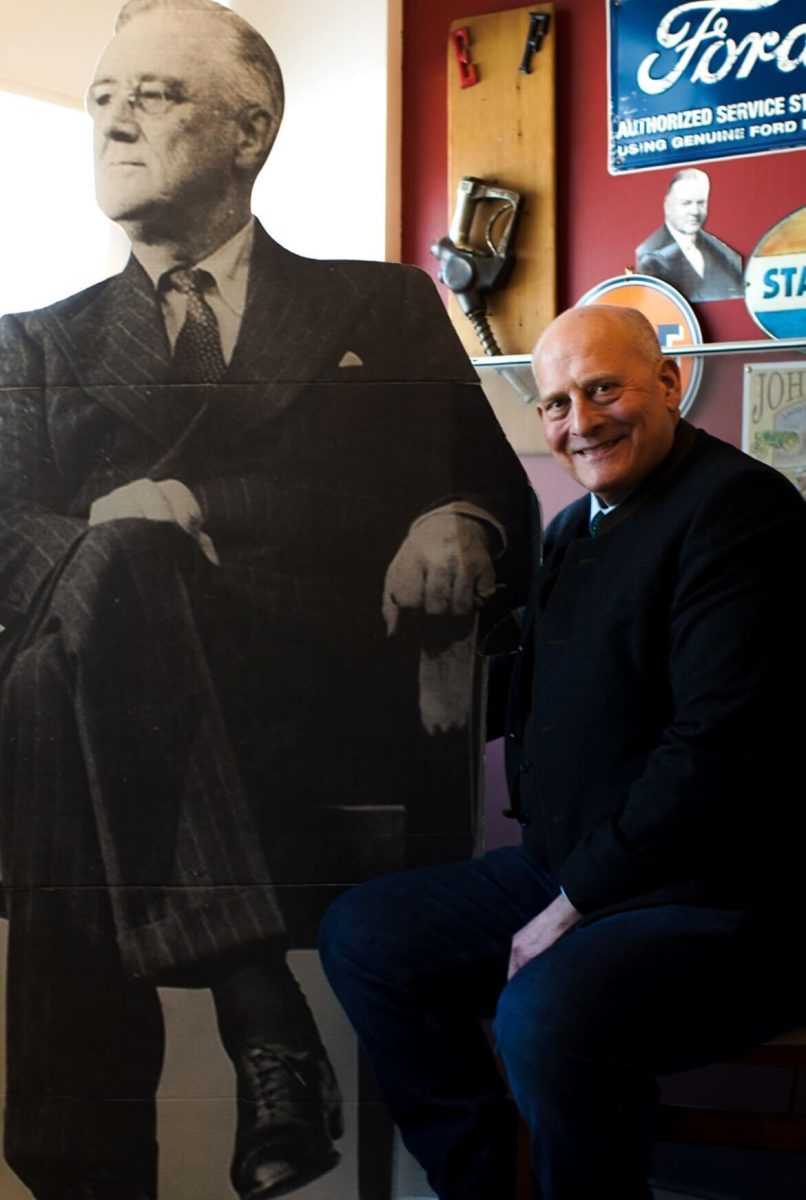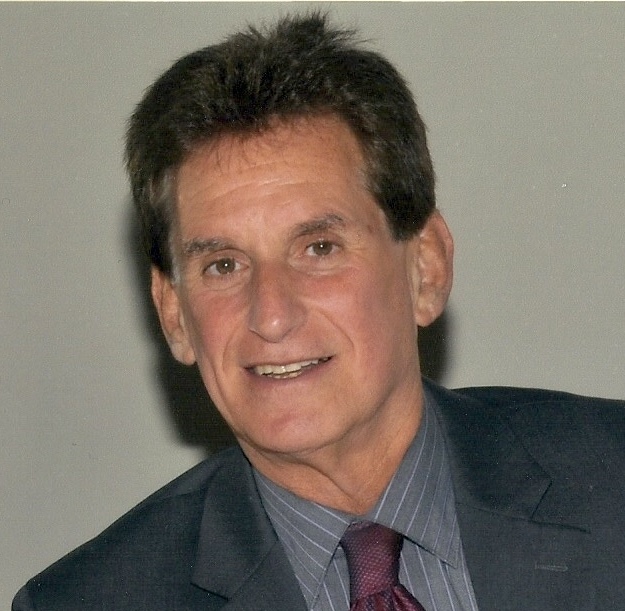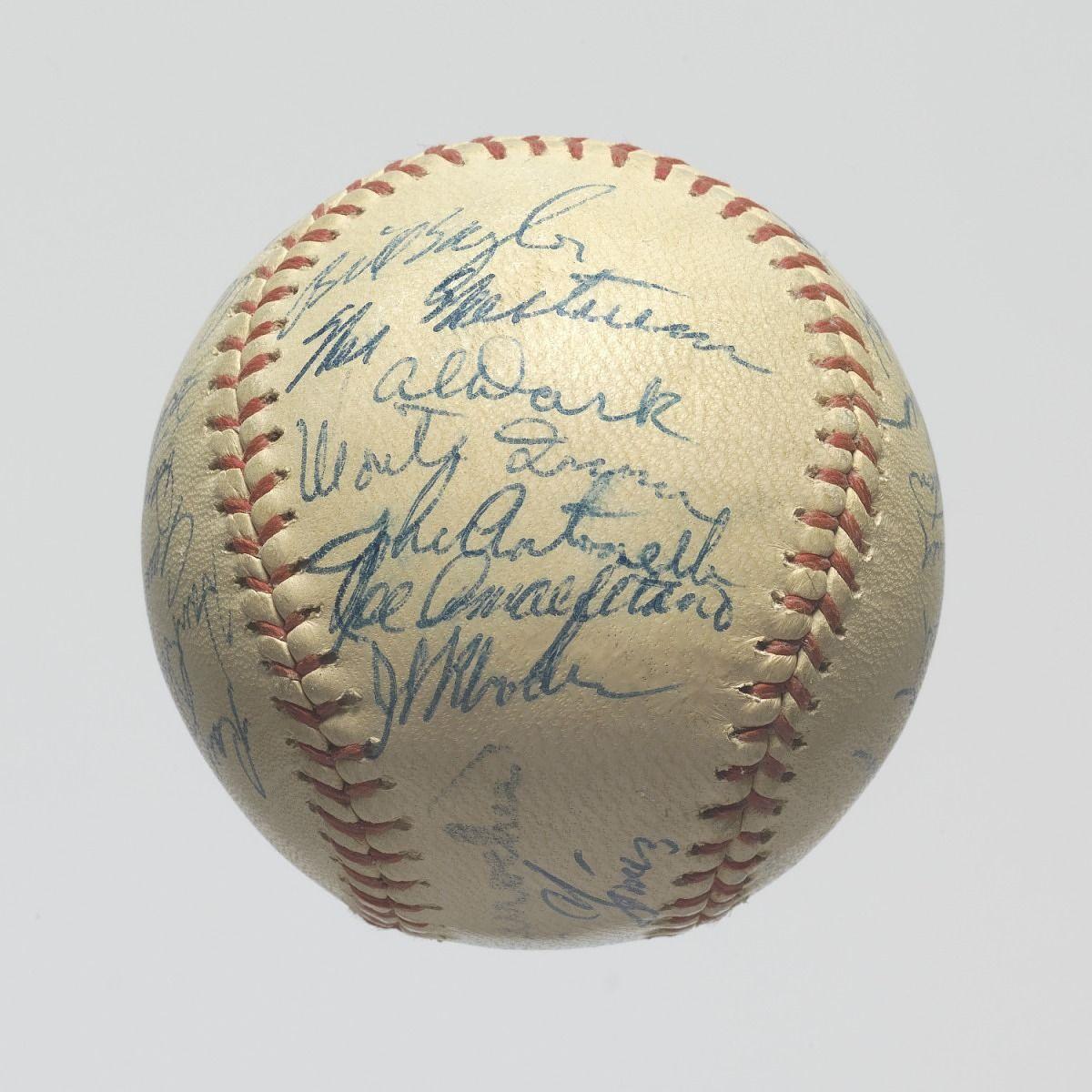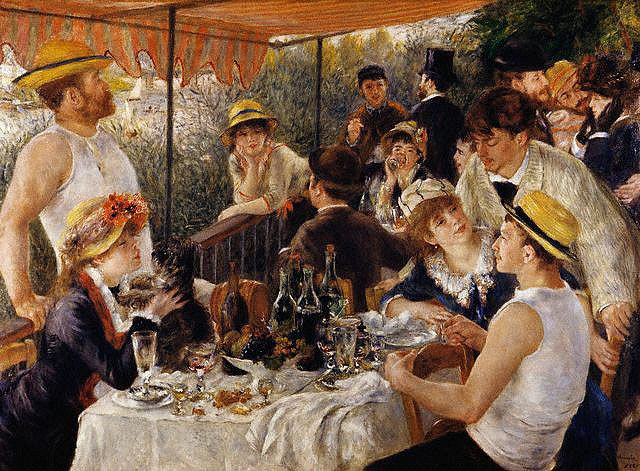One of the benefits of covering this school’s sports teams is that I’m able to see a rare but sublime mix of amateurism and competition.
For instance, when boys’ basketball enters the Reggie Gym on unseasonably warm Tuesday and Friday nights, there are no ESPN camera crews waiting to follow them around. There are no multi-million dollar sponsorship deals, no overblown egos, no shooting guards who change their name to Metta World Peace. Although the Tigers sit at an impressive 12-0 and are ranked second in the Boston Globe Top 20, their wins come with an abnormal sense of normalcy.
At the same time that boys’ basketball steamrolls over some hapless Milton squad, the track teams train in the SOA, the gymnastics teams strive to improve their scores in the inexorable quest for perfection and the hockey teams wake up at irrational hours for precious rink time. None of them receives any national coverage, either.
But it never matters, because this is high school sports.
This is authentic sports.
There aren’t too many examples of this left.
These days, it’s hard to pick up a newspaper without witnessing a public excoriation of the dysfunctional National Collegiate Athletic Association (N.C.A.A.), college athletics’ governing body, or the countless recruiting violations that take place under its watch. Although college athletes are still (shakily) defined as “amateurs,” the millions in television and commercial revenue pose a perpetual threat to the integrity of college sports.
In this school’s air-purified bubble, the concept of amateurism still burns bright. But although these truths seem to be self-evident in high school sports, the extent to which money influences professional and college athletics leaves the rest of us searching for any leftover purity.
Among the searchers was Washington Post columnist John Feinstein, who spent a year in the virtually unknown Patriot League to document the 1999-2000 season through the eyes of players on the fringe of Division I men’s basketball. Even though the Patriot League teams paled in comparison to the giants of the college basketball world, Feinstein struck a chord in his depiction of the league’s true “student-athletes,” who looked beyond their dreams of playing professionally to focus on developing life and career skills.
His subsequent masterpiece, The Last Amateurs, was a refreshing change from the corruption of big-time college athletics, and it offered a heartening glimpse into what he believed was the last front in the war to save amateur sports.
Today, in light of the malaise that strikes at the core of higher-level athletics, maybe the real last amateurs are the ones hustling in the athletic wing late after school.
Yet in an age where college recruiting comes with a mishmash of crooked boosters and overzealous N.C.A.A. bureaucrats, are high schoolers shielded from the collateral damage?
Directly above the happy chaos of the various teams’ practices, athletic director Tom Giusti’s office is a fascinating hodgepodge of the past and the present. Old photographs line his walls, and articles from local newspapers plaster the bulletin board outside, while random memorabilia from past games sit around his office in an equally haphazard fashion.
The present, however, is still very much present, and for Giusti, the pressure in the sports world to excel, even in high school, is cause for concern.
“What’s the percent of kids who play Division I sports? Around one percent,” he said. “We had a recruiting specialist come in one time, and he said that if you’re not a Division I player, the best fit for most athletes is a college with a balance of academics, sports and social life. Here, we’re trying to prepare these kids as they move forward in life.”
Giusti also pointed to the migration of athletes to sports-oriented private schools as another question mark in an industry tarnished by them.
“Sometimes, I have to ask, ‘What are we missing here?’” he added. “Are these kids chasing the dream, and if so, what are they leaving behind? They can go to a $200 million school here and enjoy one of the best educations in the state, while still playing competitive-level sports, so why go elsewhere?”
Perhaps a key to Giusti’s quandary lies in the rise of the television network ESPN-U, along with other high school-centered media outlets. Although it focuses mainly on college sports, ESPN-U nationally broadcasts an increasing number of high school sporting events, often pitting teams from across the country against each other. The Siren call for fame is a powerful lure, especially for high school “student-athletes.”
“The discouraging thing I think we’re seeing as a result is the development of the one-sport athlete, because kids are playing their sport nine to 12 months per year,” Giusti said. “That leads to a focused interest—kids naturally want to do stuff that they’re successful at, but it’s sad to see a really strong athlete playing only one sport.
“If only a few kids make it, but you can always have your education, then why is there such a big emphasis on making it?” he added.
“We have dedicated, honorable coaches who believe in the concept of a student-athlete, and we’re all trying to keep the student part first. We were all former athletes, but we’re here because of our education.”
And you don’t need a camera crew for that.


